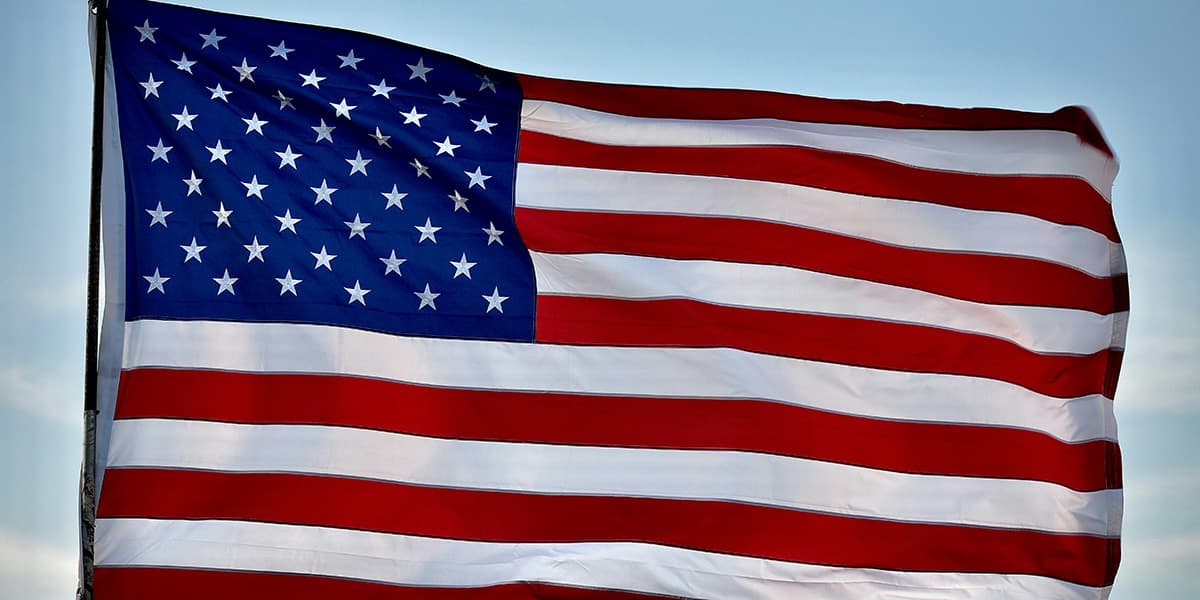
- 50 days before the start of the tournament, here is a comprehensive guide to understanding the history and current state of the tournament.
- This will be the 48th edition of the tournament and it will be played between June 20 and July 14 in the United States.
More than 100 years of history
The oldest national team tournament in the world began in 1916 with four teams: Argentina, Chile, Brazil, and Uruguay, with Uruguay being the first champion of what was then called the South American Championship.
During the 1920s, Paraguay (1921), Bolivia (1926), and Peru (1927) joined. Until 1937, there was a total dominance of titles among Uruguay (7), Argentina (5), and Brazil (2).
In 1939, Ecuador began participating in the tournament, and Peru ended the dominance of the three top winners of the tournament. In 1945, Colombia made its debut in the tournament, the same year the only three-time consecutive champions in the history of this centennial event began: Argentina, being champion in 1945, 1946, and 1947.
In 1967, Venezuela was the last CONMEBOL team to join the tournament.
With all 10 members being part of it, in 1975, the tournament changed its name to CONMEBOL Copa América™.
In 1993, there were invited teams for the first time: Mexico and the United States. There has been a total of 9 non-CONMEBOL affiliated teams in these past 30 plus years: in addition to the two mentioned, Costa Rica, Japan, Honduras, Jamaica, Panama, Haiti, and Qatar joined. In the CONMEBOL Copa América 2024™, Canada will participate in the tournament for the first time.
A champion has not yet emerged from the invited teams, with Mexico being the closest, reaching the final in 1993 and 2001.
Brazil had a glorious streak between 1997 and 2007: of the five tournaments played in that decade, the Verdeamarelha won four.
During the CONMEBOL Copa América 2021™, Argentina was crowned champion, ending a 28-year title drought, and Lionel Messi won his first continental tournament in his sixth appearance after reaching three previous finals.
Format
In this edition, there will be 16 teams: there will be four groups of four teams, and the top two from each group will qualify for the knockout phase from the quarterfinals. The only other time this tournament had so many teams was in 2016 when the tournament was also held in the United States.
In addition to the 10 CONMEBOL affiliated teams, 6 CONCACAF teams will join, having qualified through the Nations League: the United States, Mexico, Panama, Jamaica, Canada, and Costa Rica.
Since 1993, the tournament has had an uninterrupted group stage and a single-elimination knockout phase.
Titles
Argentina and Uruguay: 15 each
Brazil: 9
Chile, Paraguay, and Peru: 2 each
Bolivia: 1
Colombia: 1
Current Edition
The CONMEBOL Copa América United States 2024™ will be played between June 20 and July 14. There will be 32 matches played in 14 stadiums across the United States.
These are the groups:
GROUP A
- Argentina
- Peru
- Chile
- Canada
GROUP B
- Mexico
- Ecuador
- Venezuela
- Jamaica
GROUP C
- United States
- Uruguay
- Panama
- Bolivia
GROUP D
- Brazil
- Colombia
- Paraguay
- Costa Rica
The first match will be between the defending champion (Argentina) and the only debutant (Canada) at Mercedes-Benz Stadium in Atlanta, Georgia on June 20. The group stage will last until July 2.
The quarterfinals will be played between July 4 and 6; the semifinals on July 9 and 10. The third-place match will take place on July 13, and the grand final of the 48th edition of the CONMEBOL Copa América™ will be played on July 14 at Hard Rock Stadium in Miami Gardens, Florida.
Starting from May 1st: tickets can be obtained for the match that will decide the tournament champion!
Big Stars on the Big Stage
The CONMEBOL Copa América™ has been distinguished throughout its history by having world-class figures, and this edition will be no exception. Among the great players who could participate in this tournament are:
Argentina: Lionel Messi, Ángel di María, and Emiliano Martínez.
Bolivia: Henry Vaca, Ramiro Vaca
Brazil: Vinicius Júnior, Rodrygo, Endrick.
Canada: Alphonso Davies, Jonathan David
Chile: Alexis Sánchez, Eduardo Vargas.
Colombia: Luis Díaz, James Rodríguez.
Costa Rica: Keylor Navas, Joel Campbell.
Ecuador: Moisés Caicedo, Enner Valencia.
United States: Christian Pulisic, Gio Reyna, Weston McKennie.
Jamaica: Leon Bailey, Demarai Gray, Michail Antonio
Mexico: Hirving Lozano, Santiago Giménez.
Panama: Adalberto Carrasquilla.
Paraguay: Julio Enciso and Miguel Almirón
Peru: Paolo Guerrero and Luis Advíncula
Uruguay: Federico Valverde and Darwin Núñez
Venezuela: Jefferson Soteldo and Salomón Rondón



